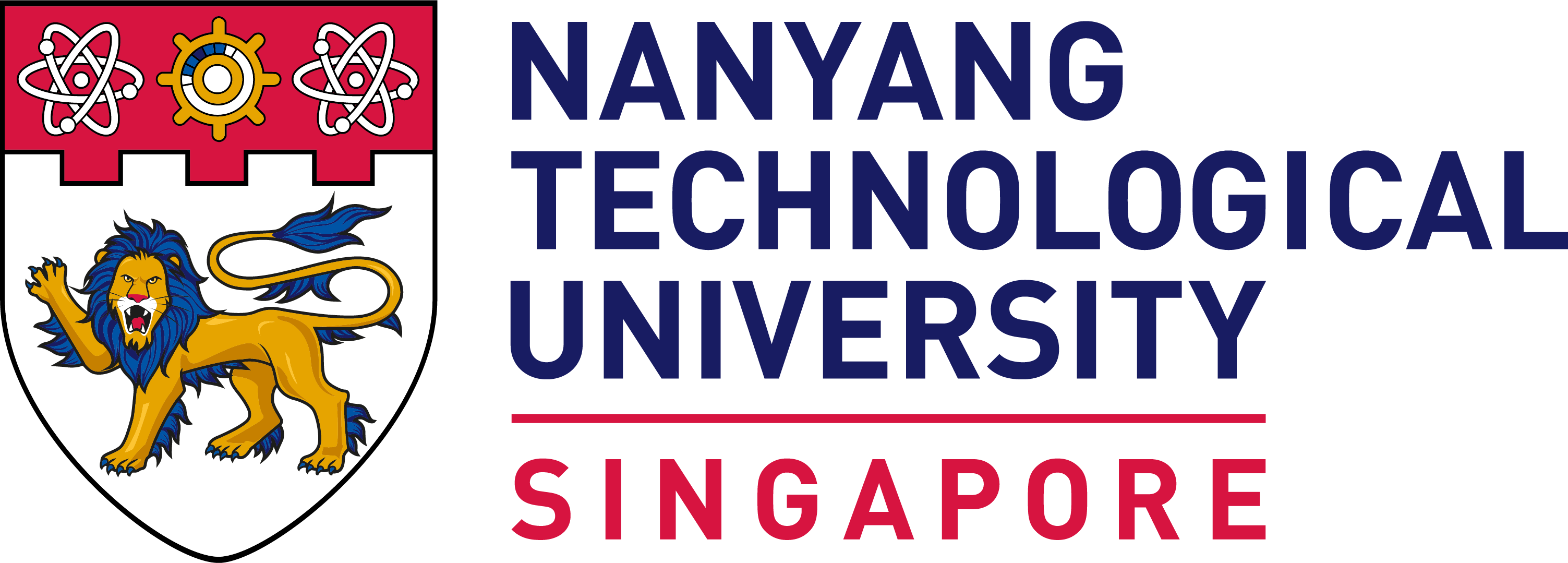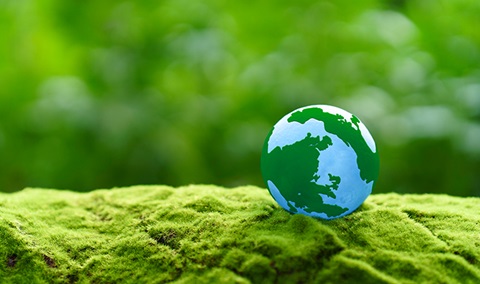Why is Japan releasing treated radioactive water into the sea, and should S'pore consumers be concerned?
SINGAPORE — Twelve years after the Fukushima nuclear power plant disaster, Japan on Thursday (Aug 24) started releasing treated radioactive water into the Pacific Ocean — a polarising move that prompted condemnation from China and sparked protests in South Korea.
The International Atomic Energy Agency (IAEA), which is the United Nations (UN) nuclear watchdog, gave Japan the green light in July to begin the process of releasing the water.
While the Japanese government has said that the water is safe, environmental activists argue that the possible impacts from such a move have not been fully researched, fearing that the move will contaminate seafood products and pose health risks to humans when consumed.
TODAY looks at why Japan is releasing treated radioactive water, the reactions toward the Japanese government’s decision, and whether there is cause for concern for food imports as well as for Singaporeans travelling to the country.
WHY IS JAPAN RELEASING TREATED WATER FROM FUKUSHIMA?
Water that has been accumulated at the Fukushima nuclear plant can be traced back to the Tohoku earthquake which struck the coast of northeast Japan in 2011 and triggered a tsunami.
Following the natural disasters, three of the reactors melted down at the nuclear power plant. Workers flooded the reactors with seawater to cool the melted fuel, resulting in more than 1.3 million tonnes of water at the plant being contaminated. While the plant is now defunct, the reactor cores still require cooling, which is why wastewater continues to accumulate.
Currently, some 350 million gallons of water are being stored in more than 1,000 tanks on site, according to Japanese authorities. The tanks are nearing capacity and the nuclear site is unable to store any more tanks, which is why the water needs to be released.
Plant operator Tokyo Electric Power Co (Tepco) said the wastewater release is expected to last 30 years.
Also, the need to constantly cool down the reactors has resulted in ballooning costs for the Japanese government. As of March 2022, about 12.1 trillion yen (S$112 billion) had been spent on efforts responding to the Fukushima disaster, including compensation, decommissioning and decontamination, according to Japan’s Board of Audit which reviews government expenditures.
This amount accounts for more than half of the government's estimated budget of 21.5 trillion yen set in 2016, raising concerns about further cost overruns in the future.
IS THERE A SAFETY CONCERN?
In July, the IAEA gave the water release plan the go-ahead, stating in a report that the process was consistent with international safety standards and that the discharge had “a negligible radiological impact to people and the environment”.
The Japanese government has also maintained that the water is safe, adding that plant operator Tepco has been filtering the contaminated water.
This advanced filtration technology can filter 62 different kinds of radioactive elements, except for tritium, a radioactive isotope of hydrogen that is difficult to filter out.
Tritium is considered to be relatively harmless because its radiation level is not high enough to penetrate the human skin.
However, when ingested at levels above those in the released water, it can raise cancer risks, according to an article found in the Scientific American journal in 2014.
The Canadian Nuclear Safety Commission said that human ingestion of solid food products contaminated with tritium poses a slightly greater health risk, as the human body retains it longer as compared to water.
Despite this, there is no significant health impact that the isotope can have on the human body unless consumed in large amounts.
Nevertheless, Greenpeace International, an organisation that campaigns for greater environmental awareness, criticised the move, saying that the radiological risks from the discharges have not been fully assessed and the biological impacts of the treated wastewater have been “ignored”.
Tepco and the Japanese government have said that they would take "appropriate measures, including immediate suspension of the discharge", if unusually high concentrations of radioactive materials were detected, while IAEA said that it would have “continuous on-site presence and provide live online monitoring” on its website from the discharge site.
HOW HAS THE WORLD REACTED?
Japan’s move to discharge treated wastewater has attracted polarising reactions around region, but the strongest reaction came from China.
The country criticised Japan’s move, calling it “selfish”, and announced a blanket ban on all seafood products from Japan.
The Chinese foreign ministry on Thursday condemned the decision, saying the Japanese government had not proved that the water discharged would be safe.
On Wednesday and Thursday, Chinese state media reposted the results of a Tsinghua University study published in 2021, which predicted that traces of tritium could reach waters off China's coast after around eight months.
The move has also sparked panic-buying in China, with people rushing to stockpile salt following the announcement of the discharge, so much so that the state-run National Salt Industry Group urged buyers to “purchase rationally”.
Hashtags related to the release have also sprung up on the Chinese social media platform Weibo, with thousands of anti-Japanese comments made by users of the platform.
Conversely, the South Korean government said on Tuesday that the country has “assessed that there are no scientific or technical problems with the plan to release the contaminated water”, but urged the Japanese government to transparently disclose information during the discharge process.
Despite this, 16 protestors were arrested in Seoul on Thursday for entering a building housing the Japanese embassy and protesting against the release of water from the plant.
The group went to the eighth floor, where the embassy is located, and hung banners condemning the discharge.
About 50 people also gathered outside the embassy in protest.
WHAT IS SINGAPORE’S STANCE?
Responding to media queries, the Singapore Food Agency (SFA) said that Japanese seafood has not been banned in Singapore and that the safety of food from Japan has been satisfactory.
In a parliamentary response on Aug 3, Minister for Sustainability and the Environment Grace Fu said that food imported into Singapore is subjected to SFA’s surveillance and monitoring regime, which includes radiation surveillance.
She added that food products that fail SFA’s inspections and tests will not be allowed for sale.
"SFA also keeps abreast of international developments and expert reports from the International Atomic Nuclear Agency and foreign food safety authorities to augment our surveillance and monitoring regime," Ms Fu said.
She added that SFA would continue to closely monitor radiation levels of food imports from Japan to ensure that they comply with Singapore’s food safety requirements.
Travel and hospitality experts whom TODAY spoke to said it is hard to tell in the near future if Singaporeans should be concerned about travelling to Japan.
Mr Christopher Khoo, the managing director of tourism consultancy MasterConsult Services, said that the discharge began only on Thursday and that it is too early to tell if there should be cause for concern for travellers to the country.
"There is a lot of speculation for now. (The discharge) only started yesterday, we don't know what are some of the lasting effects, or if there will be permanent damage," he said.
Dr Wong King Yin, a senior lecturer in marketing at Nanyang Business School, said that concerns over travel and food consumption depend on travellers' risk tolerance and how trustworthy they think the Japanese government is.
"If people trust the IAEA and the Japanese government, then they won't mind consuming food in Japan. But if they have doubts about it, they may worry and choose not to consume them," Dr Wong said.
When asked about how travel agencies might tweak their travel itineraries and food options in light of the discharge, Dr Wong said that agencies may come up with "contingency plans" for customers to choose from.
"Depending on the market response, agencies may come up with contingency plans, or give clients the option to choose if they want to consume a certain food product," she said, adding that agencies may also come up with alternative sightseeing spots to avoid travelling to regions near the water discharge site.
For now, the experts agree that it will take some time for travellers to observe and decide if they are comfortable with travelling to Japan.
"News of this discharge only came to public attention recently. We will need to observe in the coming few months what are the effects from the water discharge," Mr Khoo said.


.tmb-listing.jpg?Culture=en&sfvrsn=8b2cb369_1)




.tmb-listing.jpg?Culture=en&sfvrsn=25ec6ff2_1)